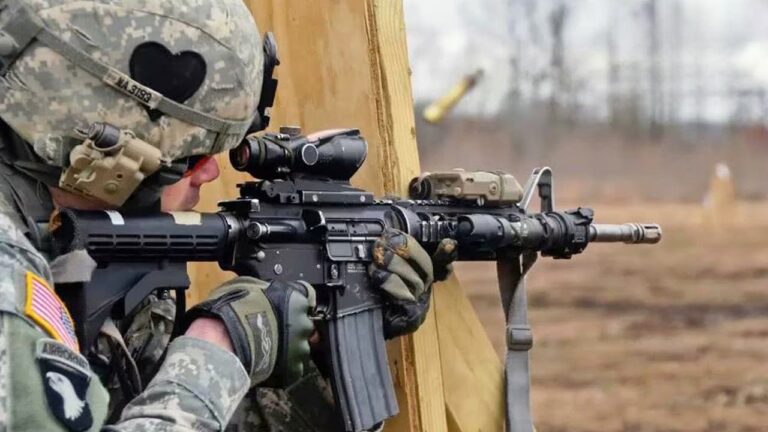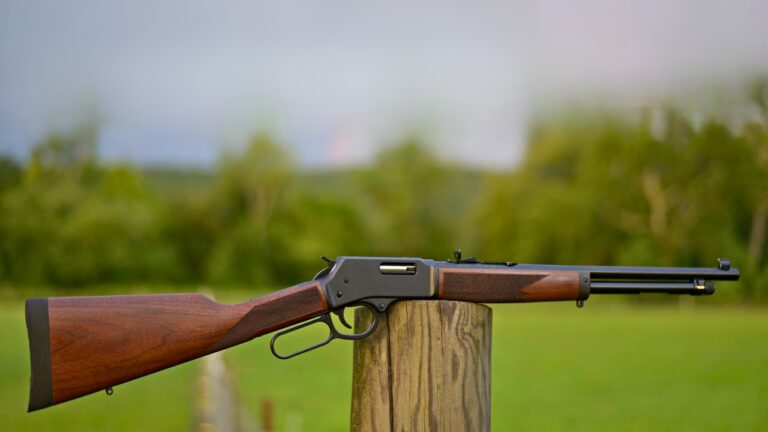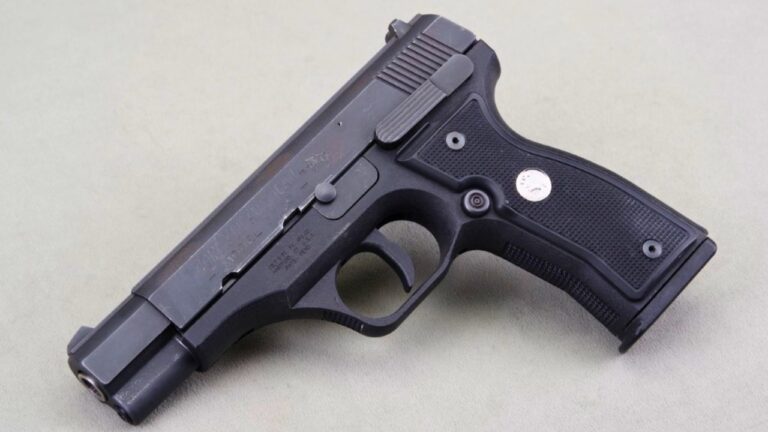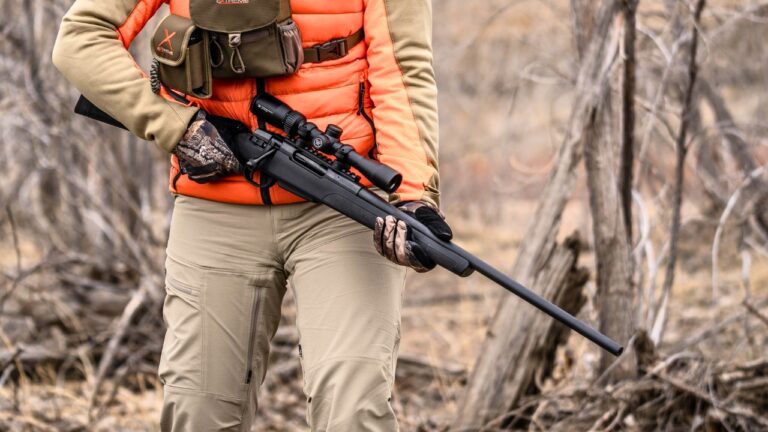High-capacity pistols sound great on paper. More rounds in the magazine should mean more confidence when it matters. But capacity doesn’t mean much if the gun can’t run reliably. Over the years, plenty of handguns have been marketed with big magazines and impressive numbers, only to disappoint shooters with constant malfunctions. Whether it’s poor feeding, weak springs, or design flaws that show up under pressure, these pistols prove that more isn’t always better. If you’re looking for a sidearm you can trust, these are the guns that remind you to value function over the size of the mag.
Intratec TEC-9
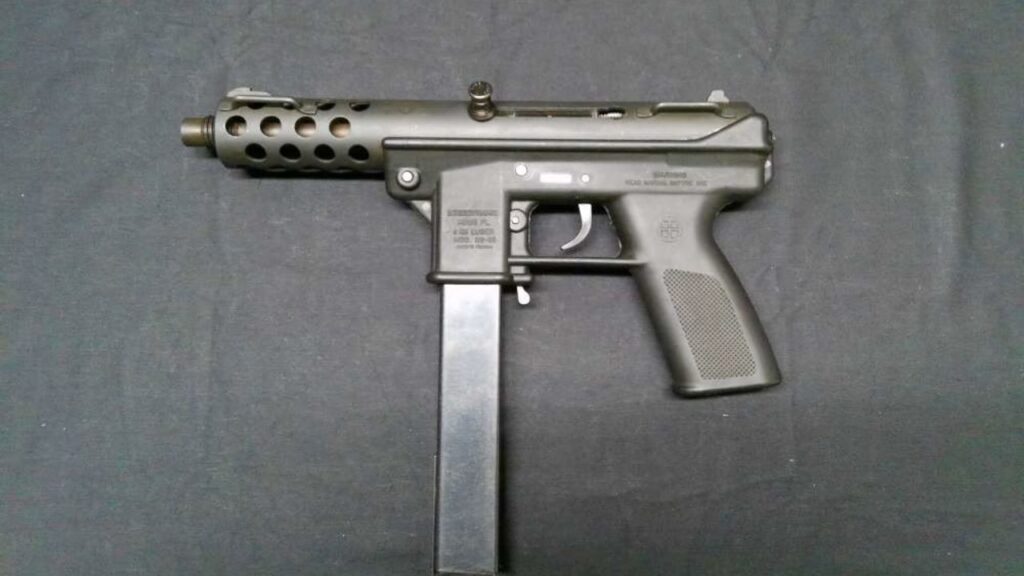
The TEC-9 gained attention for its large-capacity magazines, often holding 32 rounds or more. But anyone who’s shot one knows that loading up that magazine rarely results in smooth shooting. Feeding issues are constant, with nose dives, stovepipes, and jams popping up no matter what ammo you run. The crude design and poor machining don’t help matters.
While it looks intimidating, the TEC-9’s reputation is built more on malfunctions than on performance. Shooters quickly discover that firing more than a few rounds without a stoppage is nearly impossible. The oversized magazines only make the problem worse, introducing wobble and inconsistent feeding angles. For all its talk of capacity, it’s a pistol that lets you down when you actually try to run it hard. It may have earned notoriety, but in practical terms, it’s one of the least reliable high-capacity pistols you’ll find.
Kel-Tec PMR-30
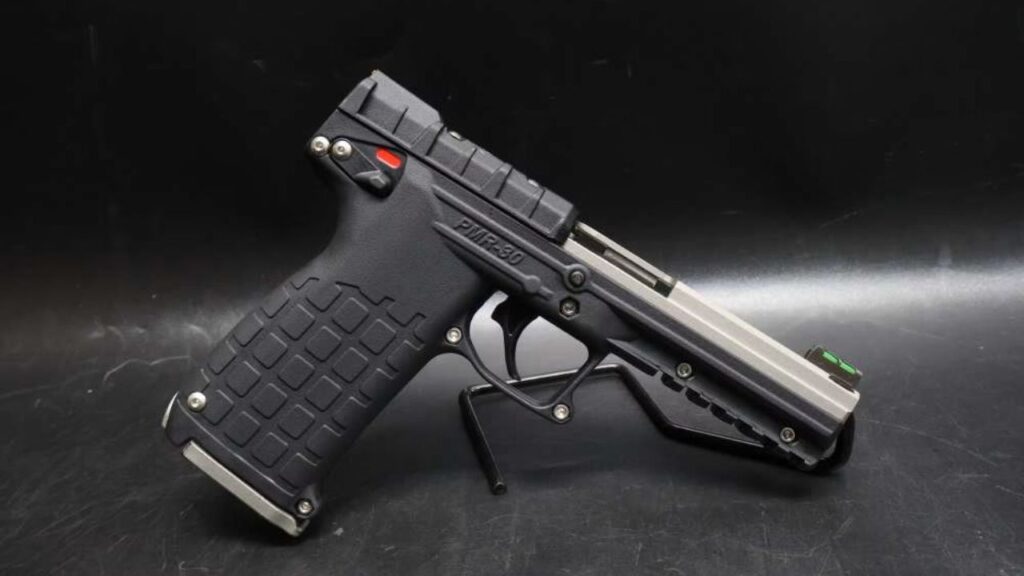
The Kel-Tec PMR-30 drew plenty of interest with its 30-round capacity in .22 Magnum. On paper, that’s an impressive amount of firepower in a lightweight pistol. The problem is, feeding that many rimmed cartridges in a single-stack magazine design is a recipe for reliability issues. Misfeeds, failure to eject, and rounds nose-diving are common complaints.
Owners often find themselves spending more time clearing malfunctions than enjoying the full magazine. The PMR-30 also suffers from sensitivity to ammunition type, with some brands running okay while others cause nonstop problems. The polymer build keeps it light, but it doesn’t add confidence when malfunctions stack up. For those who wanted a high-capacity rimfire for defense or field carry, the PMR-30 can be a major disappointment. It’s a pistol that proves capacity isn’t worth much if you can’t rely on it to cycle consistently from start to finish.
MAC-11 (Cobray Variants)
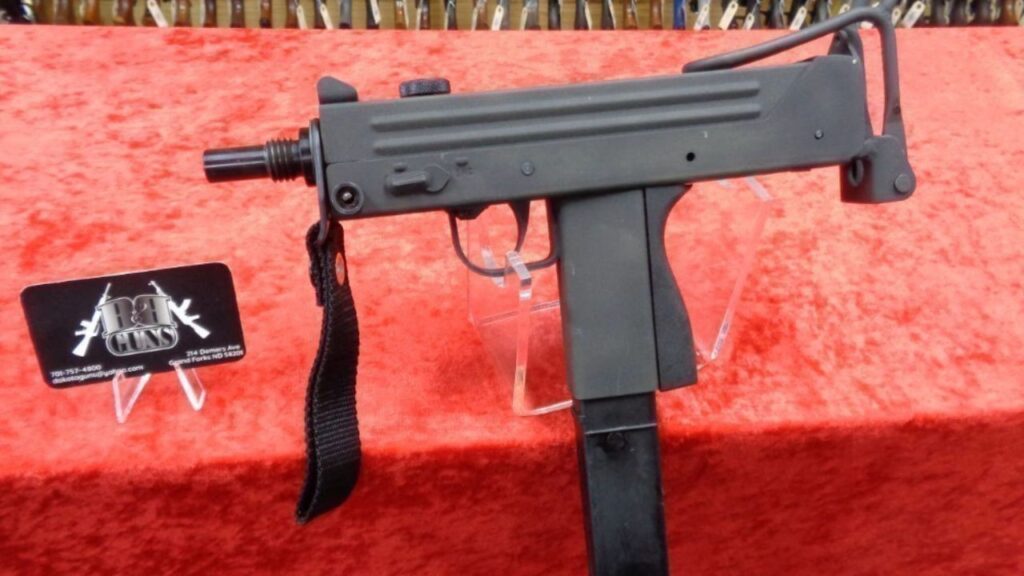
The MAC-11 and its civilian Cobray variants were designed with large magazines and rapid-fire appeal, but reliability has always been questionable. The oversized stick magazines often cause feeding problems, especially when fully loaded. Combined with rough build quality, shooters quickly realize these guns aren’t built for dependable performance.
While they have a certain “cool factor” on looks alone, the shooting experience often turns sour. Constant jams, failures to feed, and ejection issues plague the design. Many owners end up relegating them to range novelty rather than anything serious. The promise of big capacity makes it tempting, but the execution is where it falls apart. The MAC-11 may run for a few bursts, but it rarely goes through an entire magazine cleanly. For those who thought they were getting high-volume firepower, it’s a letdown. These pistols belong more in collections than in situations where reliability is non-negotiable.
Hi-Point C9 with Extended Magazines
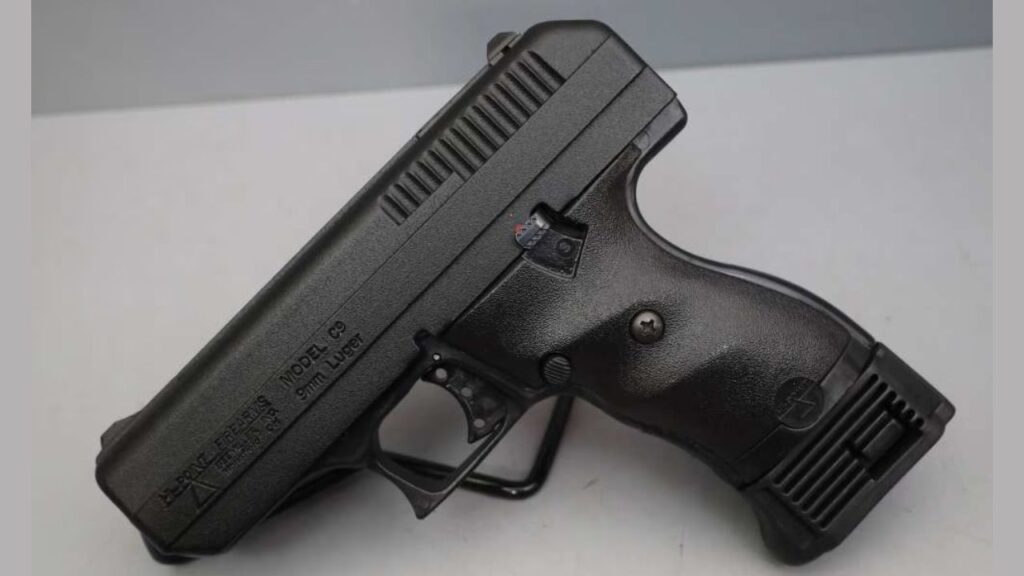
The Hi-Point C9 is already a controversial pistol, but when paired with extended magazines, reliability falls apart. While the factory 8-round magazines can work, the aftermarket 10- and 14-round versions are notorious for misfeeds and jams. The added capacity simply doesn’t blend well with the pistol’s clunky design and tight tolerances.
Shooters often report that loading beyond the standard capacity introduces alignment issues, causing rounds to nose-dive or fail to chamber. The extended mags also tend to rattle, further reducing trust in their function. While the C9 is marketed as affordable, the attempt to stretch it into a high-capacity option highlights its limitations. In practical terms, it proves that pushing a budget pistol beyond its design capacity only leads to frustration. If you’re looking for reliability, the Hi-Point with oversized magazines won’t provide it, no matter how attractive the low cost or round count might seem.
FN Five-seveN
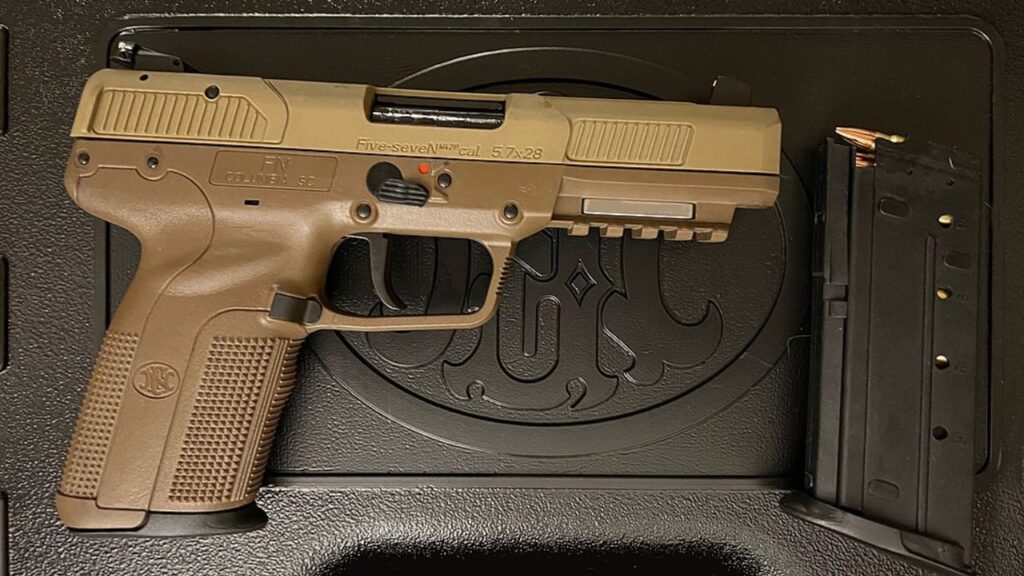
The FN Five-seveN has a reputation for accuracy and light recoil, but when you start adding aftermarket magazine extensions, reliability often takes a hit. The pistol is designed to run smoothly with its standard 20-round mags, yet pushing capacity beyond that introduces feeding problems. The small bottlenecked cartridge doesn’t always stack well in extended setups.
Shooters who’ve tried these extensions report frequent misfeeds and stoppages, especially under rapid fire. While the base gun is reliable, tinkering with its capacity proves problematic. The lesson here is that not every pistol benefits from trying to squeeze in a few more rounds. In the case of the Five-seveN, the factory design works well as intended, but aftermarket “upgrades” often create more issues than benefits. It’s a reminder that chasing capacity without considering the limits of the platform often ends in disappointment. When reliability drops, the extra rounds don’t matter.
Charter Arms Explorer II
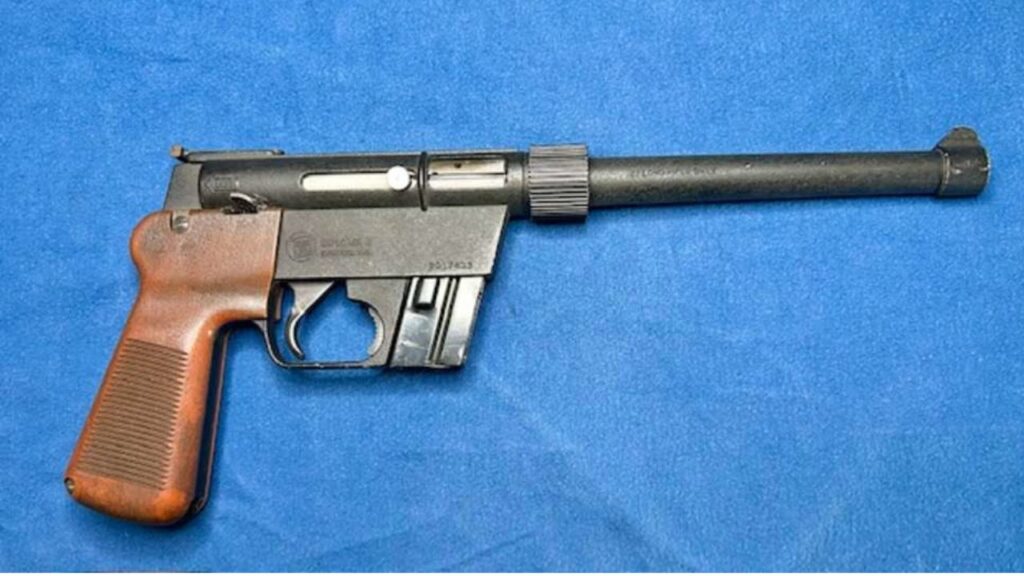
The Charter Arms Explorer II pistol, derived from the AR-7 survival rifle, tried to capitalize on large magazines for .22 LR. Unfortunately, the execution left much to be desired. Feeding problems are rampant, especially with the longer mags that were supposed to increase capacity. The lightweight build and awkward ergonomics make it even harder to shoot consistently.
With rimfire ammo already known for occasional issues, adding poorly designed magazines into the mix is a recipe for frustration. Owners often found themselves clearing stovepipes and misfeeds constantly, which undermined the appeal of having more rounds on tap. While it had novelty value, the Explorer II never earned a reputation for being dependable. Instead, it became one of those pistols you might spot in a pawn shop rack rather than trusted in the field. For anyone who believed the promise of capacity, the reality was frequent malfunctions and wasted shooting time.
Astra 600 with High-Capacity Mags
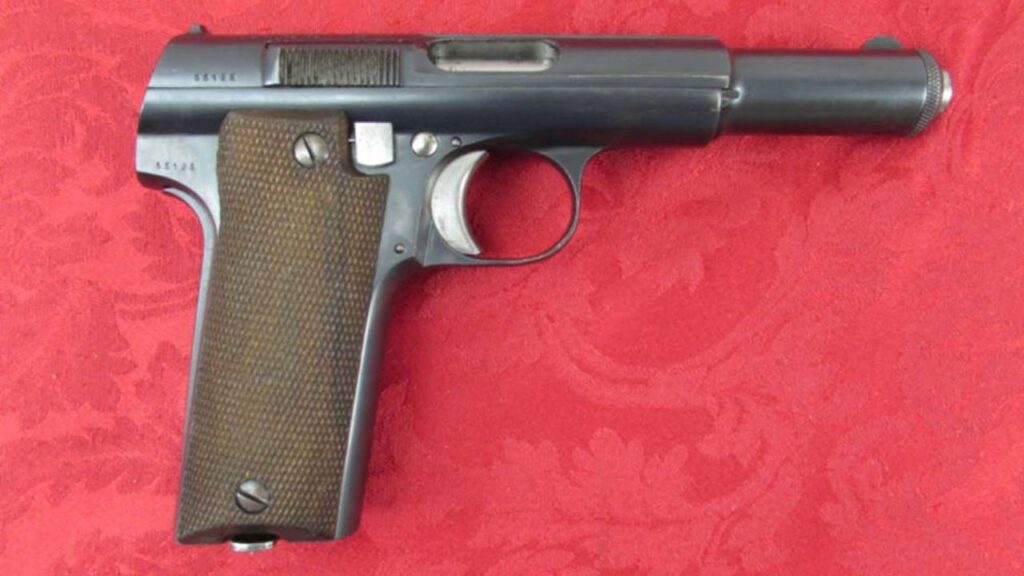
The Astra 600 was originally a wartime pistol chambered in 9mm Largo and later 9mm Luger, but some variants and aftermarket setups tried to push capacity higher. The result was usually disappointing. The magazines often struggled with feeding, particularly when fully loaded, and the blowback design wasn’t forgiving of inconsistencies.
Shooters who picked these up expecting reliable high-capacity performance found themselves constantly clearing jams. The heavy recoil spring, necessary for the design, combined with less-than-ideal mag geometry, made reliability suffer. While the Astra 600 can function decently with standard mags, once you start expanding capacity, it loses what little trust it had. It’s a clear example of how older designs often don’t adapt well to higher round counts. Instead of gaining an advantage, you end up with a pistol that malfunctions more often than it runs. For practical shooting, it’s a poor trade-off.
CZ-52 with Surplus Extended Mags
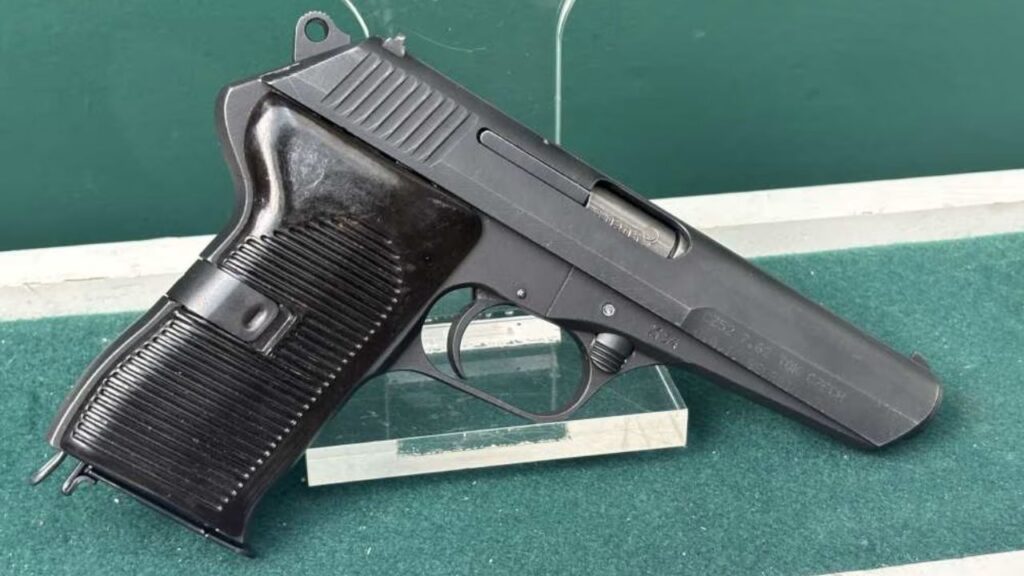
The CZ-52 in 7.62×25 Tokarev is an interesting pistol, but when paired with surplus extended magazines, reliability problems show up quickly. The standard 8-round magazines work as intended, but extended options often introduce feeding issues. The bottleneck cartridge can nose-dive under pressure, especially when loaded in less-than-perfect mags.
Many shooters who experimented with these setups ended up shelving the extended mags altogether, relying only on factory versions. The CZ-52 itself has quirks, from its heavy recoil to its unusual roller-lock design, and adding unreliable feeding on top of that makes the experience worse. In practice, the pistol doesn’t benefit from added capacity, because the trade-off is too many malfunctions. It’s a case where the promise of more rounds actually leaves you less prepared, since you can’t trust it to run consistently. The CZ-52 shows how chasing capacity without proven engineering support often leads to more problems than solutions.
Norinco Tokarev Clones
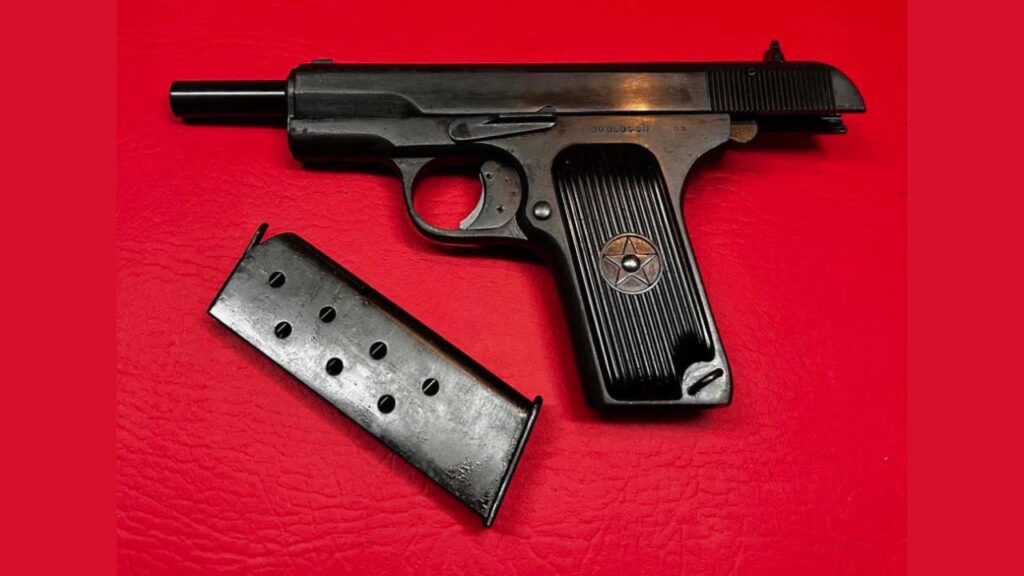
Norinco Tokarev clones are rugged pistols when used as intended, but once you pair them with surplus drum magazines, reliability goes downhill. The drums often don’t feed smoothly, and the 7.62×25 cartridge, while fast and powerful, doesn’t stack well in oversized mags. Feeding angles shift, springs wear quickly, and jams become inevitable.
Shooters who’ve tried these setups usually do it for the novelty factor, not for practical use. The pistols themselves are fine with standard mags, but the promise of huge capacity is empty when you can’t get through a string of fire without malfunctions. For hunting, defense, or even casual shooting, they’re simply not practical in that configuration. The Tokarev design is proven, but it doesn’t adapt well to gimmicky add-ons. When reliability suffers, the extra capacity is meaningless. This is a perfect example of how forcing capacity where it doesn’t belong leads to frustration instead of real performance.
Luger P08 with Extended Mags
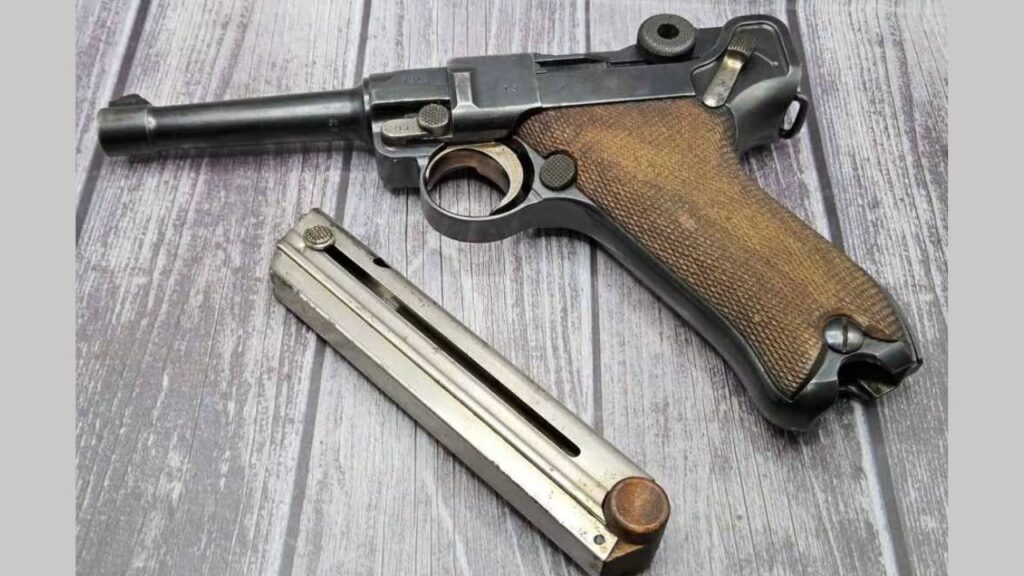
The Luger P08 is already known for being finicky with ammo and conditions, but adding extended magazines only makes the problem worse. The toggle-lock action is highly sensitive, and any inconsistency in feeding quickly leads to jams. Surplus or aftermarket high-capacity mags rarely meet the tolerances needed to keep the Luger running.
Hunters and collectors who tried to use them often found that reliability dropped to near zero once the round count went above standard capacity. While the pistol is historically significant and iconic, it was never designed to handle oversized magazines. In practice, that means you’re trading any remaining reliability for the illusion of more firepower. For serious use, the Luger was already questionable. Add in extended mags, and it becomes little more than a range curiosity. It’s a classic example of capacity being marketed as a benefit, but actually undercutting performance in the real world.
Beretta 92 Clones with Cheap Extended Mags
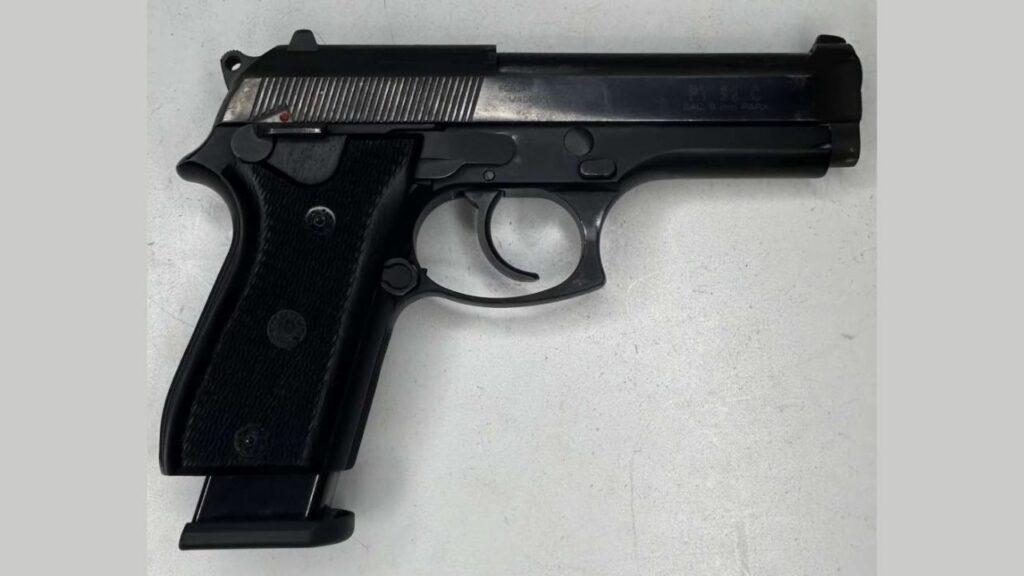
The Beretta 92 is a proven design, but many of the cheaper clones paired with bargain extended magazines fail miserably in terms of reliability. While the base platform is solid, low-quality mags introduce constant failures to feed and jam cycles. The extra capacity simply highlights the flaws in poor manufacturing.
Owners often discover that these off-brand setups won’t cycle properly past a certain round count. The clones themselves don’t always have the same precision as Beretta originals, which compounds the problem. What could be a dependable pistol with standard mags becomes a frustrating mess when you try to force higher capacity into the mix. It’s a lesson in sticking with proven parts and factory setups. Chasing more rounds without reliability is a losing game, and with these pistols, the promise of capacity ends up being nothing more than an expensive headache for the shooter.
*This article was developed with AI-powered tools and has been carefully reviewed by our editors.


